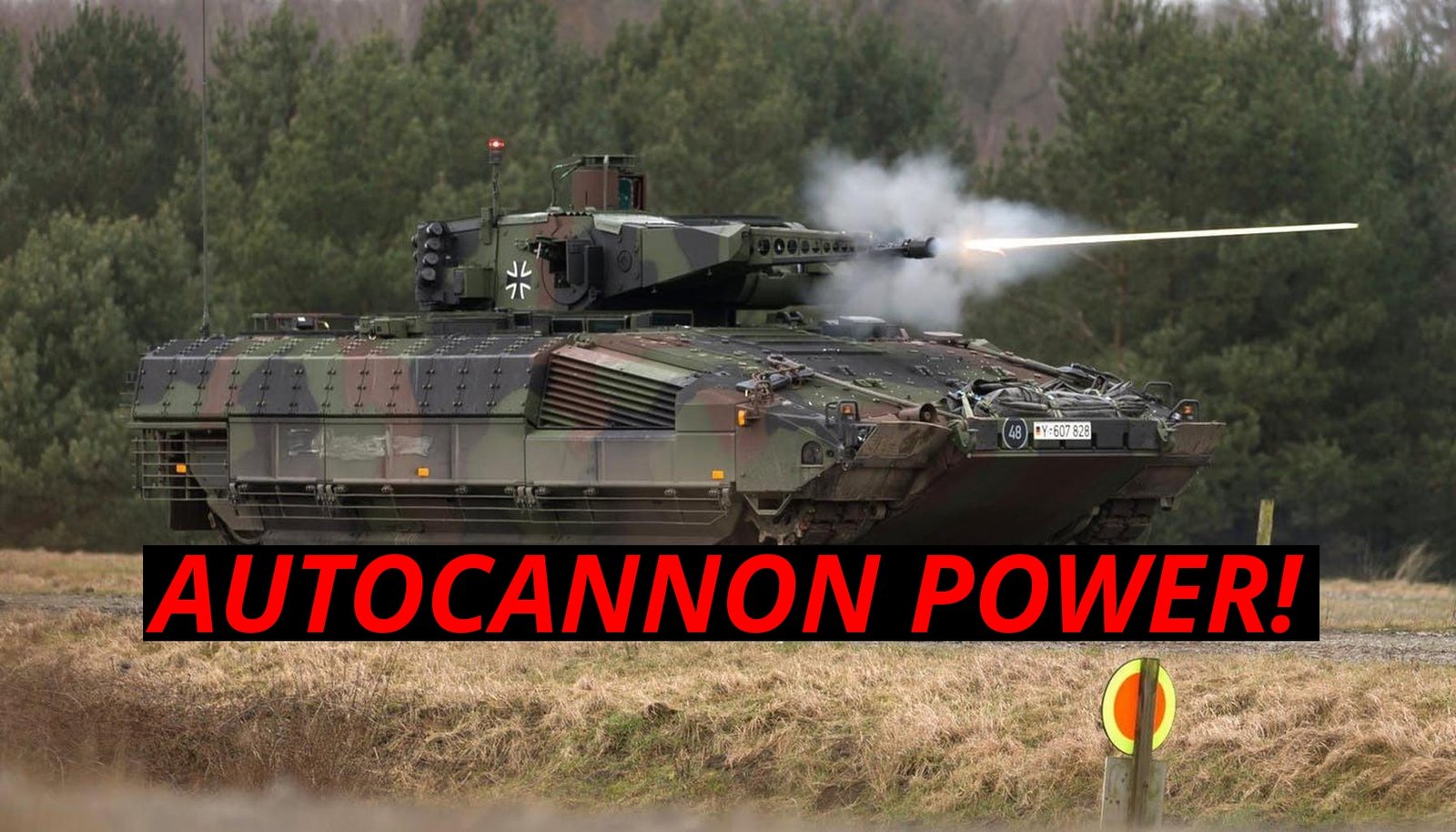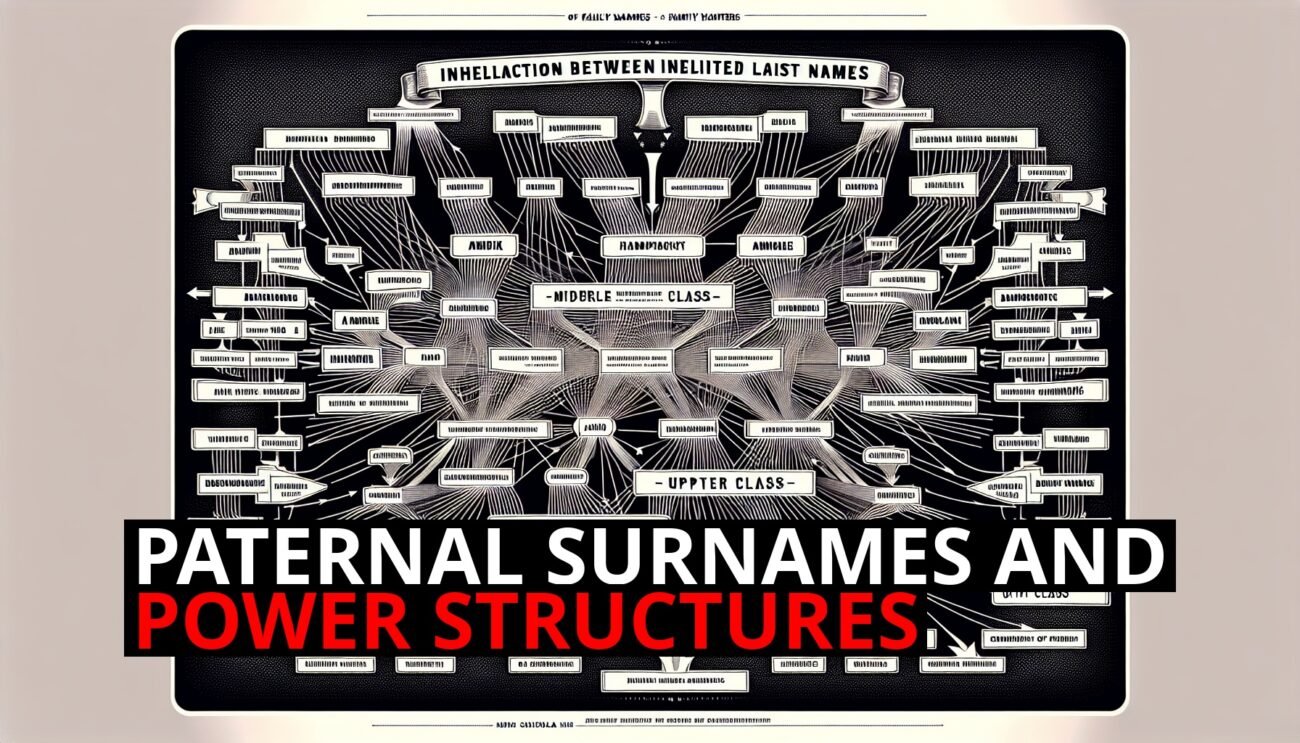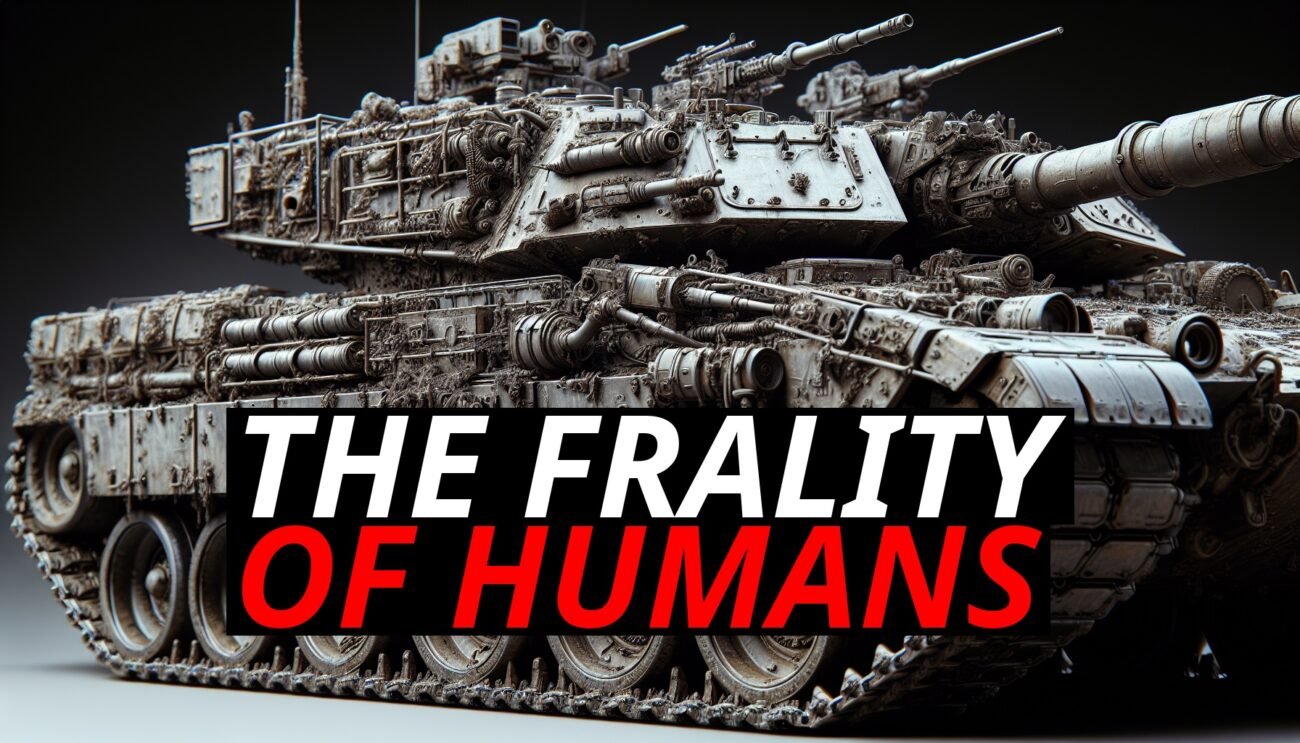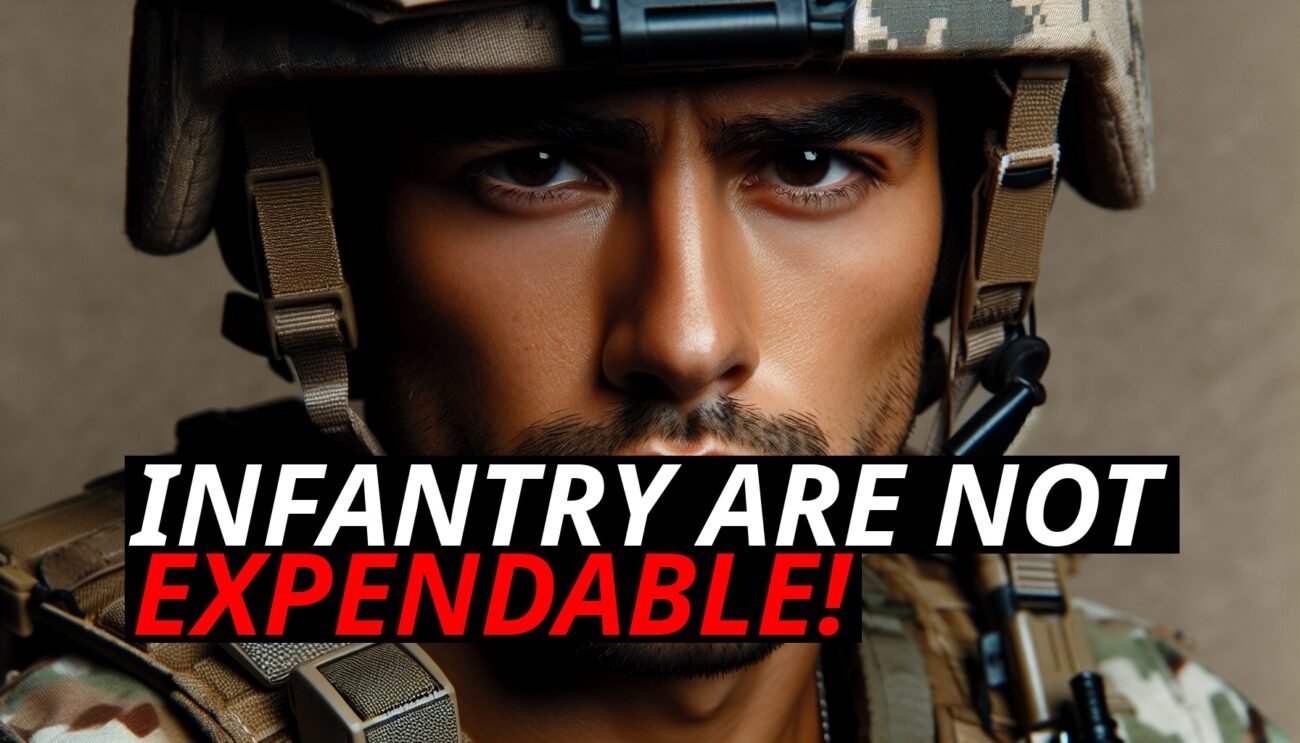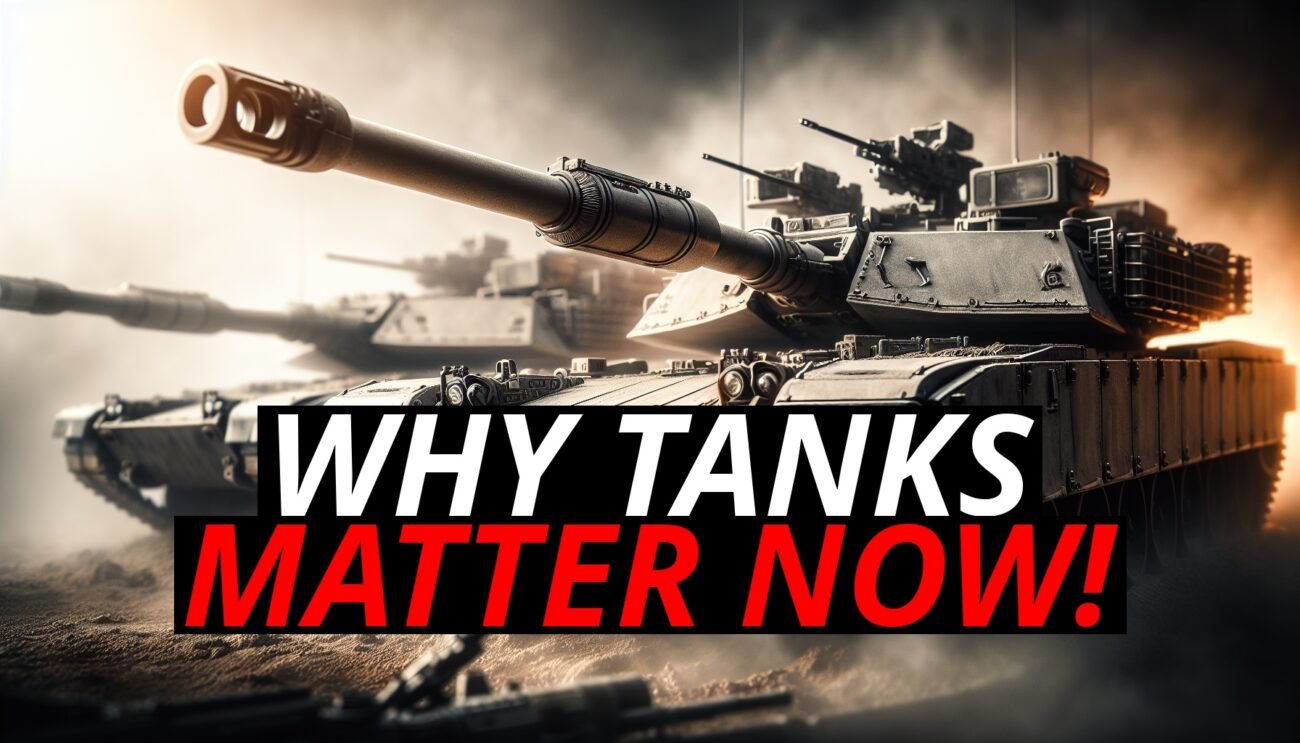When it comes to firepower, who reigns supreme – autocannons or tank guns? Let’s find out! In this thrilling showdown, we’ll dive deep into the roles, strengths, and limitations of these two mighty weapons. Prepare for an engaging exploration filled with expert insights, real-world examples, and exciting visuals.
The Basics: Understanding Autocannons And Tank Guns
Before we delve into the comparison, it’s essential to understand what sets these two types of weapons apart.
Autocannons
– Definition: Autocannons are automatic guns that fire shells of 20mm to 40mm in diameter. They are capable of rapid-fire, making them effective against a variety of targets.
– Platforms: Widely used on infantry fighting vehicles (IFVs), helicopters, aircraft, naval ships, and anti-aircraft systems.
– Ammunition Types: High-explosive, armor-piercing, incendiary, and more, allowing for versatility in combat.
Tank Guns
– Definition: Tank guns are large-caliber weapons (typically 120mm or more) mounted on main battle tanks. They fire powerful single shots designed to penetrate heavy armor.
– Platforms: Exclusively mounted on tanks and certain specialized armored vehicles.
– Ammunition Types: Armor-piercing fin-stabilized discarding sabot (APFSDS), high-explosive anti-tank (HEAT), and others tailored for destroying armored targets.
Firepower: Rapid-Fire Vs. Single Shot
When comparing firepower, the difference in rate of fire is a significant factor.
Rate Of Fire
– Autocannons: Known for their rapid-fire capability, autocannons can unleash a continuous stream of rounds. This makes them effective for suppressing enemy positions and engaging fast-moving targets.
– Tank Guns: These weapons fire powerful single shots with tremendous force, designed to punch through the thick armor of enemy tanks. Their slower rate of fire is compensated by the destructive power of each shot.
Versatility: Adapting To Different Combat Scenarios
Versatility is where autocannons truly shine.
Multiple Roles
– Autocannons: These weapons can be mounted on a wide range of platforms, from ground vehicles to aircraft and ships. Their ability to switch between different types of ammunition makes them adaptable to various combat scenarios, including anti-aircraft, anti-vehicle, and infantry support roles.
– Tank Guns: While tank guns are incredibly effective in their specific role of armored warfare, their use is limited to tank-on-tank combat and engaging fortified positions. They lack the adaptability of autocannons in other types of missions.
Operational Use: Battlefield Deployment
The deployment of these weapons highlights their strategic roles.
Autocannons In Action
– Infantry Fighting Vehicles: Autocannons provide fire support for infantry units, engaging both ground and aerial threats. Examples include the M242 Bushmaster mounted on the Bradley Fighting Vehicle.
– Helicopters and Aircraft: Attack helicopters like the AH-64 Apache and fixed-wing aircraft such as the A-10 Thunderbolt II use autocannons to deliver precise, sustained fire against a range of targets.
– Naval Ships: Autocannons in close-in weapon systems (CIWS) defend naval vessels against incoming missiles and aircraft, exemplified by the Phalanx system.
Tank Guns In Action
– Main Battle Tanks: Tank guns are the primary armament of main battle tanks, such as the M1 Abrams with its 120mm smoothbore gun. These weapons are designed for direct engagements with enemy armor and fortified structures.
– Specialized Armored Vehicles: Some armored vehicles, like tank destroyers, also employ large-caliber tank guns for anti-tank roles.
Strengths And Limitations
Each weapon has its unique strengths and limitations, which dictate their use on the battlefield.
Strengths Of Autocannons
– Versatility: Capable of engaging a wide range of targets with different ammunition types.
– Rapid-Fire Capability: Effective for suppression and engaging multiple fast-moving targets.
– Platform Flexibility: Mounted on a variety of platforms, enhancing operational flexibility.
Limitations Of Autocannons
– Limited Armor Penetration: Generally less effective against heavily armored targets compared to tank guns.
– Ammunition Storage: Requires more ammunition for sustained operations, impacting logistics.
Strengths Of Tank Guns
– High Penetration Power: Designed to defeat heavy armor with powerful single shots.
– Precision: Extremely accurate at long ranges, making them ideal for direct engagements.
Limitations Of Tank Guns
– Limited Versatility: Primarily used for tank-on-tank combat and not suitable for a wide range of targets.
– Slower Rate of Fire: Less effective for suppression and engaging multiple targets quickly.
Conclusion: The Ultimate Showdown
In the battle of the big guns, both autocannons and tank guns play crucial roles in modern military operations. Autocannons offer unmatched versatility and rapid-fire capability, making them indispensable across various platforms and combat scenarios. On the other hand, tank guns provide unparalleled armor-penetrating power and precision, essential for armored warfare.
Whether on the ground, in the air, or at sea, these formidable weapons continue to evolve, adapting to the ever-changing landscape of warfare. Their complementary strengths ensure that both autocannons and tank guns remain integral components of military strategy and firepower.
🌐 Dive deeper into the world of military technology and explore more fascinating comparisons and innovations in our upcoming articles. Stay tuned for more exciting content!

